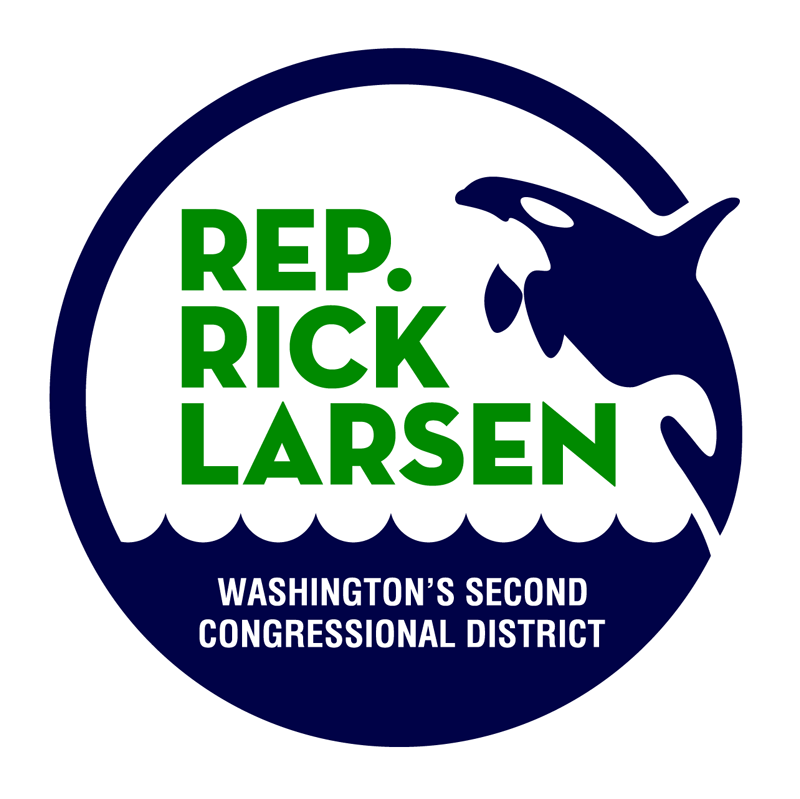Story
The case against privatizing the nation’s air traffic control system
Washington, DC,
May 10, 2017
The case against privatizing the nation's air traffic control system
On every domestic flight, passengers have a window-seat view of the Federal Aviation Administration’s (FAA) work to modernize our aviation infrastructure through a set of technologies and procedures called NextGen.
After a rocky start, the FAA is now delivering on the promise to improve our nation’s air traffic control system. Congress hasn’t made the FAA’s job easy, cutting its budget in 2013 and then shutting down the entire federal government later that year, but the FAA is making progress.
Since 2007, NextGen has delivered $2.7 billion in benefits to airlines and other users, and the FAA estimates that NextGen benefits will grow exponentially in the years to come. By 2030, NextGen will deliver an estimated $161 billion in benefits — resulting in lower airfares, enhanced safety and increased capacity.
However, these efforts are in jeopardy. Next week, the House Transportation and Infrastructure Committee will hold a hearing to revive a risky proposal to privatize our nation’s air traffic control system and give effective control of our public airspace to the major airlines and their allies.
Last year, this legislation died in Congress due to strong, bipartisan opposition in both chambers and an outcry from numerous aviation and consumer stakeholder groups.
Opponents have raised serious concerns about whether privatization would guarantee safety, protect national security, expedite new technology and keep our aviation system solvent. The nonpartisan Government Accountability Office (GAO) has issued several reports that validate these concerns.
Last year, the GAO found that a privatized air traffic control system would be too big to fail, meaning consumers or taxpayers might have to bail out the private corporation if it couldn’t pay the $10 billion-plus that it costs to operate a safe system.
Another report questioned whether a privatized system could protect national security. Privatization proposals would sever ties between the Department of Defense (DOD) and the FAA, and the DOD has raised “serious concerns” about severing these ties “in the execution of the national defense mission.”
Another GAO report could not guarantee that a private corporation would speed up the FAA’s work to modernize the air traffic control system through NextGen.
The truth is that privatization would slow NextGen down. According to study by the Mitre Corp., a proper transition could take seven years.
But that doesn’t stop proponents from claiming that the private corporation, whose board will be effectively controlled by the airlines, will speed things up.
U.S. airlines have suffered repeated computer network failures that have delayed or canceled tens of thousands of flights, stranding millions of passengers at airports across the country. If U.S. airlines failed to invest in their own aging computer systems, what guarantees do passengers have that their fees will be invested in the air traffic control system?
This private, airline-dominated air traffic control corporation would have the power to set passenger user fees to pay for the system, to set flight routes with competitors, to determine which airports they will invest in, and to control ultimately who will have access to the system. Last year’s bill also would have even given away billions of dollars’ worth of taxpayer-funded assets to a private corporation free of charge.
Privatization proponents brush off these concerns and argue that our air traffic control system has suffered under years of congressional mismanagement.
On that point, we could not agree more: shutdowns and sequestration have made it impossible for the FAA to plan and make the major long-term investments it needs to implement new technology.
However, privatization would tear apart the FAA and jeopardize aviation safety by leaving its remaining critical safety oversight and certification functions reliant on general fund appropriations and vulnerable to future budget cuts, sequestration and government shutdowns.
If we truly want to fix the real problems facing the FAA today, the solution is simple: Congress can and should pass targeted reforms. These targeted measures could ensure that investments in our aviation system are not subject to congressional dysfunction, and they could streamline the acquisition of NextGen technology, equipment certification and air traffic control management to improve the system.
The U.S. aviation system is the busiest and most complex in the world. It is also the safest. Privatizing our air traffic control system would present myriad risks.
Targeted air traffic control reforms can achieve our common objectives and maintain our nation’s unparalleled aviation safety record.
DeFazio is ranking member of the House Transportation and Infrastructure Committee, and Larsen is ranking member of the Subcommittee on Aviation.
|
